Basics of the Halfpipe Snowboarding Scoring System
There’s more to a halfpipe run than we realize. While it’s true that a panel of judges determines the highest and lowest scores, there is an intricate system that underpins it all.
An athlete’s final score is determined by having their performances run through an elaborate scoring system. Wanna know how it all works? Me too, let’s get into it!
Halfpipe Scoring: How It’s Broken Down
Halfpipe events are broken down into two sections. There is an elimination round, in which riders attempt to qualify for the finals, and the final round itself. Athletes perform for a panel of judges who grade them depending on a strict set of qualities and categories.
If the runs completed by the athletes excel in the criteria listed below then they are more likely to transition to the finals. This last round works in the same way as the previous round except that there can only be one winner.
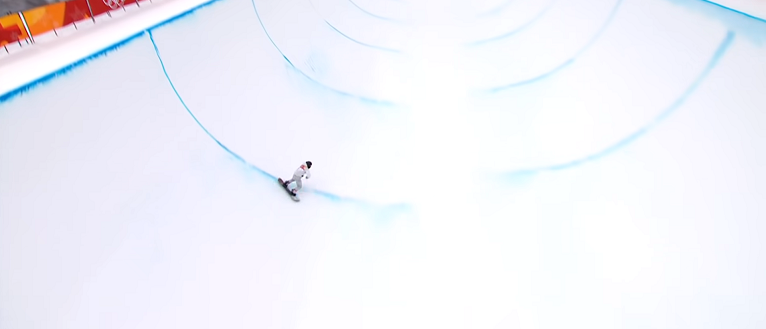
In the last round, the lowest and highest scores from the judges are removed and the remaining four scores are averaged together to create the result.
Again, a panel of judges ultimately determines the winner. This may not seem fair. At one point, even I held this notion. After all, how could the winner of a sporting event be determined by the opinions of a group?
It wasn’t until I learned about the system behind the champions that I realized that matters were not as opinionated as I had made them out to be.
Amplitude or How High You Can Go
There’s a reason why it seems that all snowboarders are slightly unhinged and that’s because our role models are.
In these halfpipe events, how high a snowboarder can go has a big effect on the overall impression that they leave the judges with.
The importance of height in a run is multi-faceted. Athletes that catch big air will get more points for doing so on their first run out. It’s a statement of intent. One that says, “I am leaving caution at the doorstep in favor of going all out”.
But it doesn’t end there. Judges will continue to award points to the athletes that can maintain a good height for the entirety of their run. It is paramount that throughout their entire run, athletes continue to push their limits more and more.
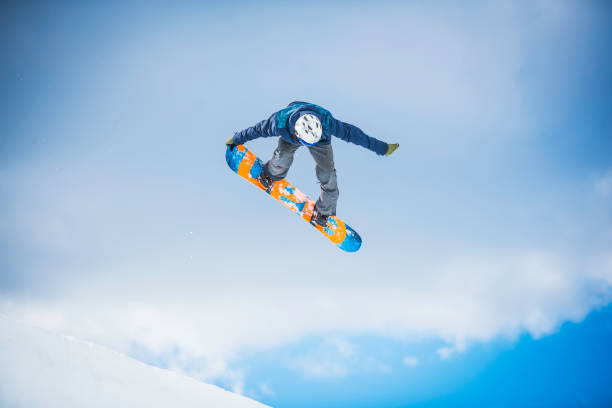
This is why snowboarders are unhinged because the system rewards them for it. Keep in mind that soaring into the air, especially at the height levels that these professional athletes regularly reach is dangerous.
If you aren’t built for the task you risk serious injury. But I am sure that this only makes you want to do it more.
Difficulty Level of Your Set
This is a big one and not just for the judges and athletes. Regular folk, like the rest of us, tune into the winter Olympics to see the big moments. Those gravity-defying stunts that leave us speechless.
The difficulty of the tricks a snowboarder performs is assessed. The higher the technical difficulty of a move the more points a snowboarder stands to gain. But how is the technical difficulty of a trick even assessed?
To put it simply, judges love flippy stuff. Inverts, rotations, and everything in between is the gold standard that they are looking for. These moves are more difficult and thus earn you a better score.
But what happens when all of the athletes competing perform the same tricks? How do the six judges determine who is more deserving of a higher score? In these cases, the onus is on the rider themselves to take a difficult trick and make it even harder.
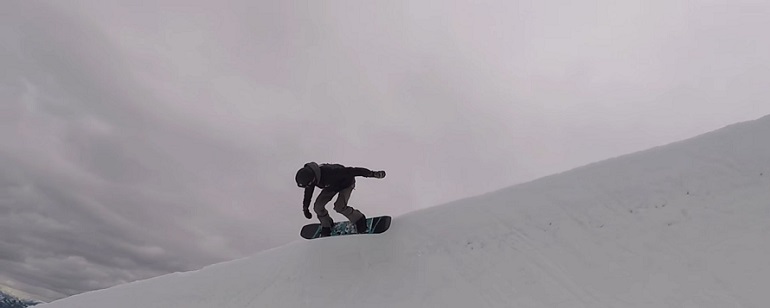
In short, when it comes to this category, the danger is equal to points. That’s how scoring works. Rounding everything off will come down to how the rider performs in the other categories.
Variety of Your Set
Variety is the spice of our regular and snowboarding lives. The judges want to see more than just expert trick after expert trick. They need the athletes to shake things up in order to get the highest scores.
It’s not just about how difficult your tricks are but also how many of them you can pull off successfully.
If an athlete does not have a diverse mix of tricks then they can expect to crash out in the qualifying round. However, there are only so many tricks that a rider can pull out of the proverbial hat.
For ideas, an athlete can look to change up how they perform their tricks much like when trying to increase their difficulty. This is where grabs and spinning come in. The more spins the better.
The judges are a very simple kind of people. They want to see spins, front side, backside, you name it. Just as long as somebody is rotating then they are satisfied. When pulling off these tricks and spins, a rider must change how they grab their board.
This is how variety in a run is determined.
Execution, How Well You Pull It Off
You can get the big air. You can attempt the most insane tricks and flips that you can imagine. Your move set could feature everything that can possibly be done on or with the best snowboard. But it won’t mean a thing if you can’t pull it off.
How well a set is executed, that is, the stability of a rider and how much control they have over their performance, plays a massive part in their final score. In this category, every detail is scrutinized.
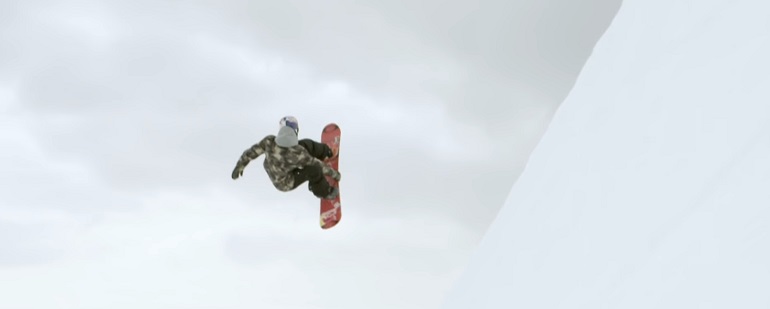
If a rider doesn’t maintain a grab for a satisfactory amount of time then it could negatively impact their score. Their landings have to be smooth and the correct posture must be held throughout a run.
If at any point a rider’s hand touches the snow then they could see a points deduction. This is perhaps the strictest category and as a result, the most important.
The opinion of the six judges also plays a part when they are determining whether a rider showed enough personality during their run.
Progression, New Tricks, or Old Tricks Performed Differently
This category is much more lenient than the last. It’s another area where a snowboarder’s creativity can really save the day. To gain points in this criteria, a rider would have to perform a new trick, one that hasn’t been seen before or one that isn’t seen often.
That’s not all, a rider could also string together old tricks but in a new way. This ingenuity can reap the competitor some very big points. Nothing screams diversity more than doing something that has never been done before.
These stunts benefit two different criteria. That should show you how important it is to have a surprise or two up your snowboarding jacket sleeve.
How Many Runs Do You Get in a Halfpipe Competition?
The number of runs that riders get in a half-pipe competition (or a parallel giant slalom) can vary depending on the event itself. The stage in the competition, as in how far into the event the riders have progressed, also has an effect on the number of runs allotted to each rider.
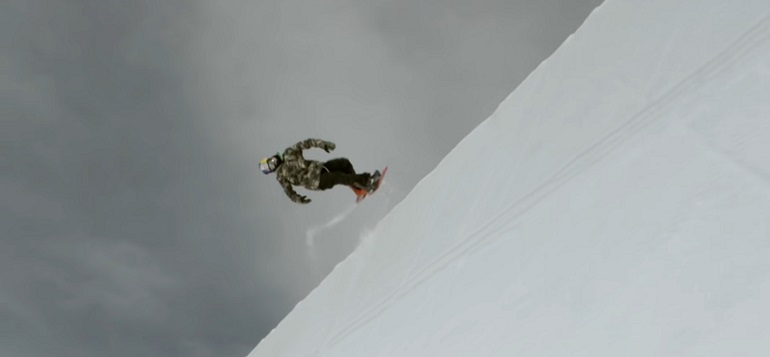
Typically, a rider will take five to six runs in a halfpipe competition before the snowboarder’s score is finally determined.
The way this is broken down is that in the qualification round, riders will have two runs. Then, the top scorers go on to the final round. In this final round, they are given three runs to aim for the highest score possible.
But again, this can change depending on the competition and even the sport itself.
Earlier this year, at the Beijing 2022 winter Olympics, Eileen Gu won gold in the women’s freeskiing halfpipe final round.
In similar snowboarding events, the athletes also take three runs. Their best score out of the three runs is the one that is counted toward their final score.
Importance of Height in a Halfpipe Competition and Why Snowboarders Crave It
If you’ve ever seen a halfpipe run and you’ve got a keen eye, you might have noticed that riders will attempt to increase the distance traveled with each run. They are after some big air and other riders always follow suit.
What’s going on? Are they trying to look cool or do they just love flying? I’m sure the answer to both of those questions is yes. After all, why else would anyone attempt something so dangerous?
But the main reason why riders want to catch some big air when in an Olympic snowboarding competition, a snowboard cross, or any competition for that matter, is because the higher they get, the more time they are in the air.
The more time that riders are in the air, the more tricks the riders can perform. Thus, increasing their final scores and overall impression.
Most recently, Su Yiming of China and Anna Gasser of Austria both won gold because of their skills in big air snowboarding events.
My Final Thoughts
While trying to comprehend the answer for how is halfpipe snowboarding scored, it’s often difficult for some to understand that the winner of entire sporting events can be determined by the opinions of a panel of judges.
Most of us are used to the kinds of sports in which the winner is clear and obvious: The team that scores the most points.
At one point in time, I agreed with them but it wasn’t until the scoring system was broken down that I realized the intricacies and transparency of the entire process. There’s more to this than just the judge’s “opinions”.
It gave me a newfound respect and understanding for those elite riders that make it all look so easy.
0 Comments